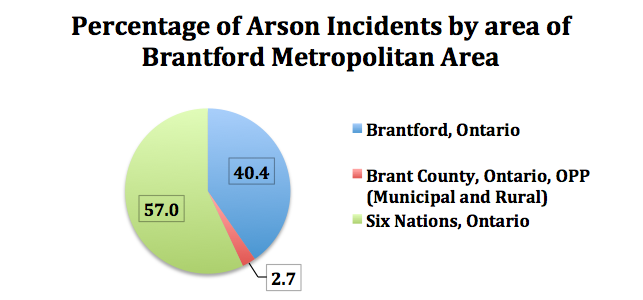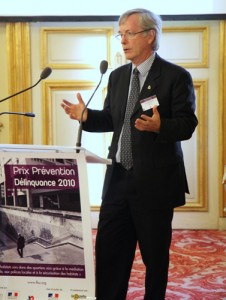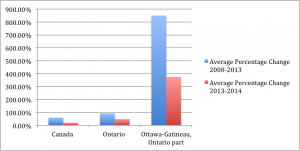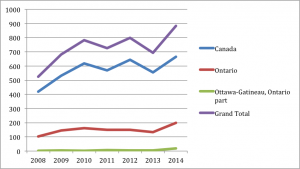By Nicole Rutherford
There is a great disparity between Statistics Canada and the Canadian Security and Intelligence Services (CSIS) for the record of how many people have fled Canada to participate in terrorist activity—and that calls into question whether anyone really knows the numbers.
Since 2012 Statistics Canada had been keeping track, and country-wide they have found a total of 14 people. In contrast, a CSIS announcement this February claimed that they’re aware of approximately 130 people leaving the country for terrorist purposes (no one at CSIS could confirm when this started).
While Statistics Canada representative Anthony Ertl explained via email that the “leaving Canada to participate in activity of terrorist group” is a relatively new violation that is tracked from submitted police records, the difference is still quite alarming.
Former CSIS agent Mubin Shaikh, who is famous for unraveling the Toronto 18 plot while working as an undercover agent, suggested some reasons behind this.
“CSIS is not a police agency, their mandate is to collect information related to the security of Canada,” Said Shaikh. He said if information is indicative of a crime, it then goes to the RCMP.
However, CSIS is not compelled to report to Statistics Canada. Shaikh also noted that while CSIS is often aware of people leaving the country, it’s hard to determine their actions if they come back in a way that would hold up in the Canadian courts.
“I can guarantee people are coming back saying they did humanitarian work and we have no evidence of the contrary,” said Shaikh.
Shaikh said that people also have to be aware of the interpretation of the numbers—130 for example, speaks to all known and charged terrorists leaving Canada to anywhere in the world: Syria, Iraq, Somalia or elsewhere.
“The number of people who have been charged to Syria is very low—maybe 18 or 20. You can’t charge dead guys, right?” Said Shaikh.
Shaikh himself turned to radicalization in his teenage years, travelling to Iraq to witness the rise of the Taliban, as well as returning to Syria for a couple of years to study the Islamic religion before de-radicalizing and being contracted by CSIS. Still a practicing Muslim, he speaks from experience when he says that a bigger problem in Western culture is the ideology that people need to be stopped through aggressive enforcement, rather than preventative measures known as counter-radicalization.
University of Calgary professor of political science specializing in terrorism studies, Michael Zekulin, agreed.
“We need counter-radicalization strategies that involve a community partnership between law-enforcement, religious leaders and local groups,” said Zekulin. “This is a multi-faceted problem that require multiple strategies.”
Zekulin pointed towards the Calgary Police’s ‘Redirect Program’ as a good example of counter-radicalization. The program was launched after there were a series of charged extremists out of Calgary including Farah Mohamed Shirdon and the Gordon Brothers
(Statistics Canada only notes one terrorism flight out of Calgary).
Shaikh spoke highly of the Calgary program, but said it was the only effective program in Canada.
“What we’re seeing is the failing on the RCMP in particular,” Said Shaikh. “Their outreach sucks.”
He said that a top-down, authoritarian approach from police makes most Muslim communities feel under siege rather than safe.
As far as numbers go, Shaikh says perspective is what should be noted, with 4000 radicalists from all westernized countries amongst several million Muslims.
“You can’t stop everybody, let’s be realistic,” Shaikh said. “You’re gonna have these people. I mean God has been telling people ‘thou shalt not kill’ for however long but here you have it, people killing each other.”














